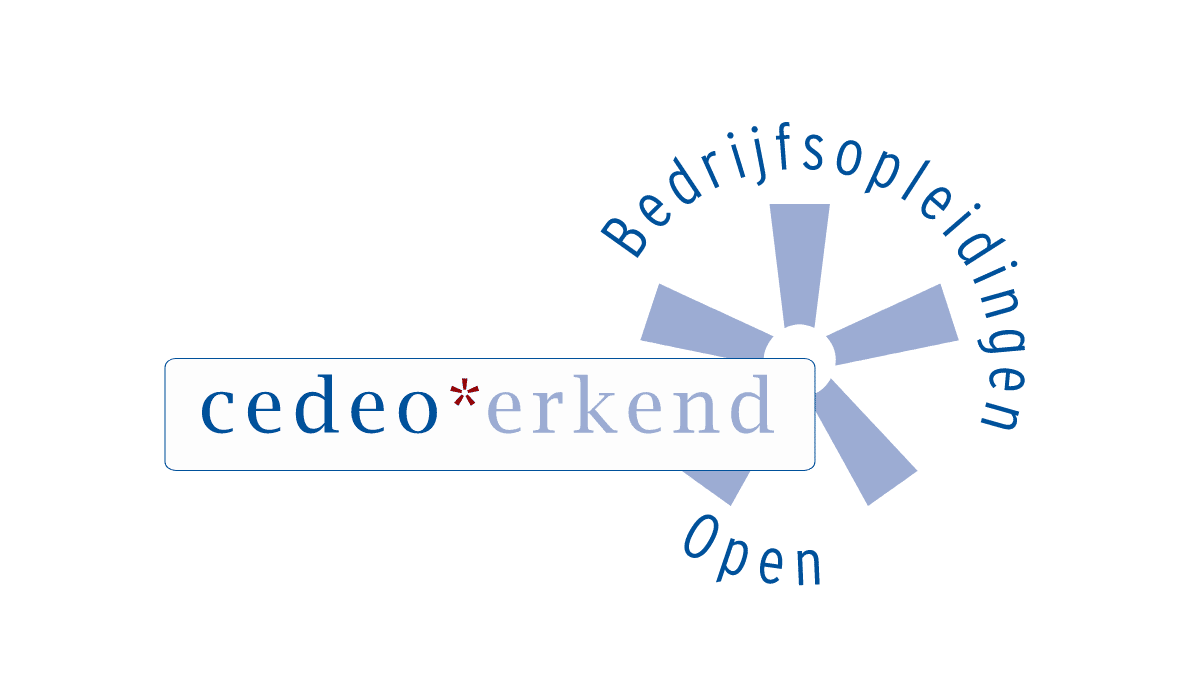Home SRTs – Synthetic securitisations regain traction in Europe
SRTs – Synthetic securitisations regain traction in Europe

Wouter Van Marle, Director - Securitisation & Covered Bonds | Rabobank
SRTs (also called synthetic securitisations) are increasingly popular in the European market, says Wouter Van Marle, Director – Securitisation & Covered Bonds at Rabobank. He is a structurer of these transactions and is speaking during the Securitisation Event in Amsterdam on the subject.
How was the securitisation market last year?
It was a good year in terms of volumes for the ABS market, especially Q3 stood out. There were some differences between sub-segments but overall, it was a good market. In Europe the auto ABS was primarily the driving sector.
Were there notable peaks and troughs in terms of the different segments?
There is already a longer-term inclination for the Dutch Prime RMBS market to trend downward. We see less securitisation issuance by Dutch banks, and that continued last year.
What is the main reason for this?
Funding costs is a major catalyst for the decline at banks, especially as banks have other options like covered bonds.
What are the Dutch non-bank RMBS issuance trends?
For non-bank financial institutions which are more reliant on the RMBS market we saw lower mortgage production which means less funding needs and fewer issuances.
How does the 2024 market look from where you stand?
Despite the geopolitical uncertainties, I do not foresee any extreme disruption on the securitisation market. I expect this year to be in line with 2023.
You structure Significant Risk Transfer (SRT) transactions, how was that market last year?
Synthetic securitisations, or SRTs, are an increasingly popular asset class in the EU. Since the introduction of the Simple, Transparent and Standardised (STS) regime for synthetic securitisations in 2021, as part of the EU Capital Markets Recovery Package, the SRT market has been growing well in Europe.
Why is that?
The STS regime helps in multiple ways. It helps banks because it provides the possibility to get a reduced risk weight on the retained senior tranche. At the same time, the label serves as a seal of quality for the transaction.
Where do you see the growth in SRTs?
Rabobank has been active in this market since 2014 but there are few other banks in the Netherlands which structure SRTs. However, outside the Netherlands, a number of large banks are highly active in the SRT market. In terms of their capital stack, 1% or 2% of their CET1 ratio (which compares a bank’s capital against it risk-weighted assets) is due to SRTs. These parties have been active in SRTs for some time and their issuances steadily increase. Also, in 2023 we noted an increase in SRT issuances from new players in a variety of countries.
Is this increase in SRTs significant?
Well, growth in issuance also means that new investors are entering the market. SRTs are a private market, so it is a challenge to quantify it, but for banks it’s an interesting transaction.
What are the potential benefits of SRTs for banks?
SRTs can be used as a capital tool: the current price-to-book ratio of most banks in Europe (below 1.0x) makes it very costly to issue shares, so an SRT can be used to free up capital, as well as help address temporary shortfalls in capital.
Additionally, an SRT can help banks to free up risk limits which they might have to a certain portfolio, or country, for example. They also provide an effective portfolio credit hedge and can improve the return on selected portfolios, which can be very helpful. Larger market players mainly use SRTs as one of the tools in their toolbox for actively keeping capital ratios at a certain level and steer their portfolio.
But they can also be included in the recovery and resolution planning, which every bank has to have in place. However, in order to use that function, the bank must prove it is able to free up capital through that means. As such, for a bank, an SRT is much more than a simple economic tool.
How about investors, what can SRTs offer them?
Structuring SRTs is a very due-diligence intensive process, which can take about a year to complete a first transaction. That means, from an investor perspective, you get to know the bank very well, even though the reference portfolio is often undisclosed. This detailed process creates very interesting risk-return potential for investors, although as the transactions are often large, there can be increased concentration risk. For both issuer and investor an SRT transaction can provide very specific benefits.
What’s the simplest definition of an SRT you can give?
In essence what it boils down to is an SRT provides a guarantee on a pool of assets against first or second loss.
What does that mean in practice?
More practically, in case of a plain vanilla first loss transaction, all losses on a portfolio of exposures up to the size of the first loss tranche will be covered by the investor, against the payment of a premium.
What regulatory issues is the SRT market facing?
Basel IV is for sure the hottest topic at the moment. Without getting too technical, there are huge differences between the standardized approach and the Internal Ratings Based (IRB) approach for calculating banks’ capital requirements. For banks making use of the IRB approach, Basel IV implies considering the standardized approach as a result of the output floor. The complexity for SRT is to create a structure which efficiently combines the output floor in one transaction and meets the regulatory hurdles, as optimized tranche sizes can differ wildly depending on the IRB or standardized approach regulatory framework.
Sounds complicated.
It is a challenge, but we like it!
What do you personally look forward to at the Securitisation Event?
All relevant parties in the Dutch securitisation industry come together at the event: investors, issuers, and transaction structurers such as myself which makes it perfect for catching up with all relevant parties. I am keen to discover new regulatory information, gain new insights and meet up with like minds for in-depth discussions.
Wouter van Marle will be a member of the Lightening Talks panel during a discussion on SRTs during the Securitisation Event on March 26, 2024
Securitisation Event
The Securitisation Event, where more than 250 participants come together annually to discuss developments...
Download the brochure
Share
